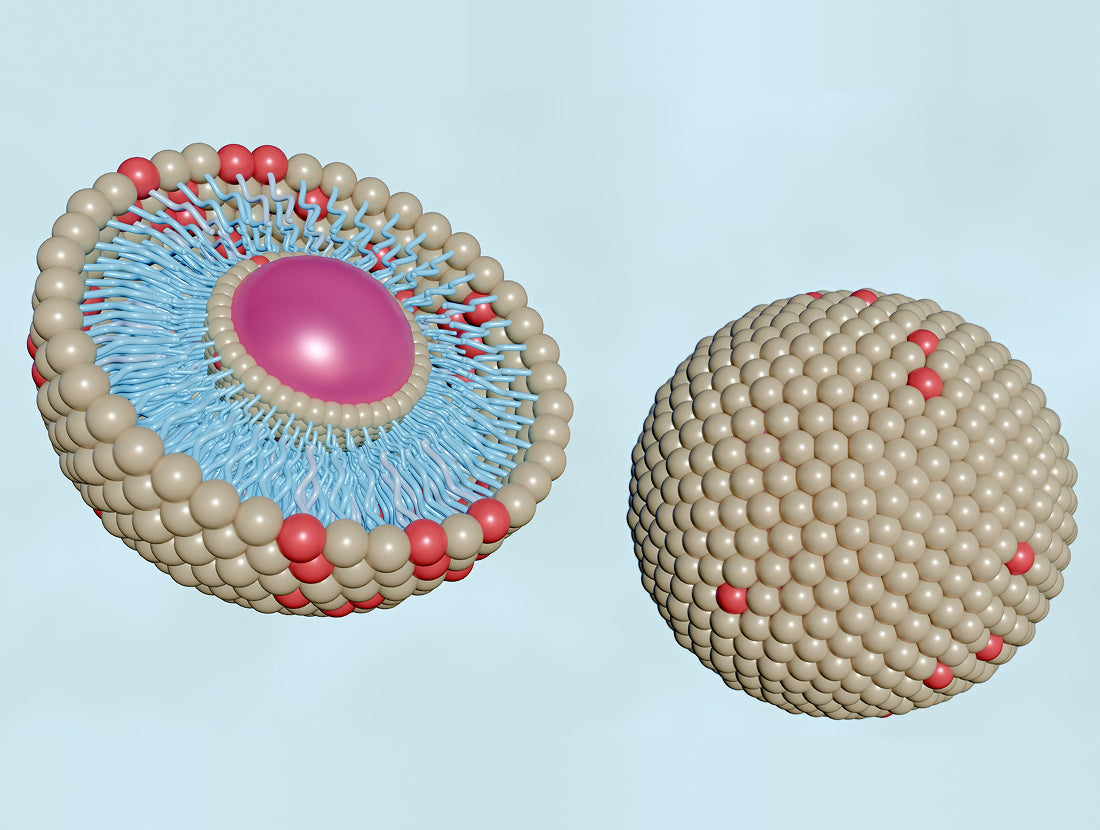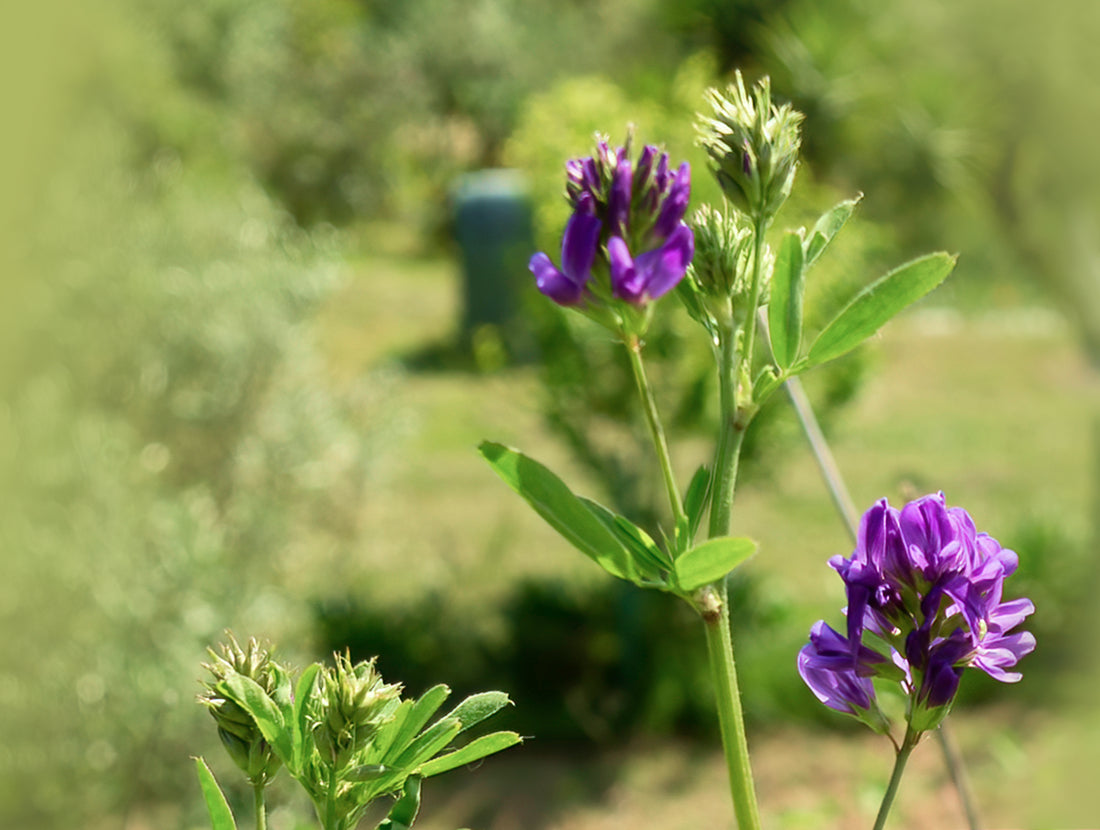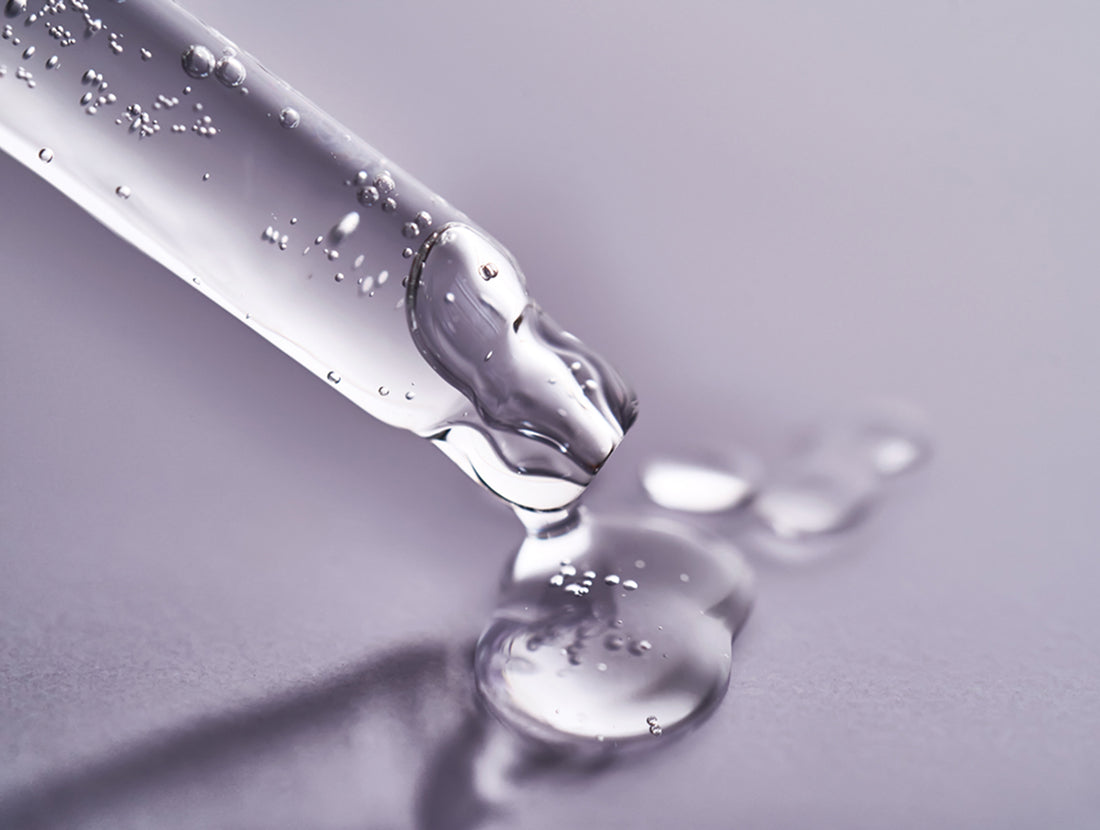* Updated July 2025
All ancient cultures had their own unique beauty customs, but not all were safe or hygienic. Here are some of the more disgusting and dangerous beauty ingredients that we're happy we no longer use today.

Gladiator Sweat- Famous gladiators of Ancient Rome were symbols of ferocious power that fought, sometimes to the death, in front of thrilled, roaring crowds. The gladiators immediately captivated the attention of Roman women, and soon small pots of gladiator sweat were sold outside of fights as souvenirs.
The sweat and blood was scraped from the men using an ancient metal tool called a strigil so that the byproduct could be later mixed into facial creams and cosmetics of upper-class women. The sweat was also considered to be an aphrodisiac.

Belladonna- In order to temporarily enhance their natural beauty, women during the Italian Renaissance used berry juice of the Belladonna plant to dilate their pupils to achieve a seductive, aroused gaze.
Belladonna, also known as deadly nightshade, is a highly poisonous flowering plant that can cause irritation to the skin simply by touching its leaves. When ingested, belladonna blocks certain nerve impulses to the parasympathetic nervous system resulting in increased heart rate, delirium, muscle spasms, and suppression of essential body secretions (perspiration, mucous, saliva, breast milk, etc.).
The Renaissance women took eye drops of the deadly plant resulting in the desired dilated pupils, but at the cost of constant eye irritation, blurred vision, fever and blindness.

Urine- The demand for Portuguese urine has never been as high as during the period of the ancient Roman Empire. Dental hygiene and a pretty smile were important in ancient Roman society and urine proved to be the ingredient that was most effective in erasing stains and whitening teeth.
However, Romans did not prefer to use their own urine, but rather the urine of the Portuguese since they believed it was more potent than their own. To be fair, urine does contain a high amount of ammonia. Ammonia used today, which is derived from other sources than urine, is utilized in hundreds of thousands of cleaning supplies since it effectively strips grease, grime and many other residues, such as plaque (I would assume).

Cinnabar- Ancient civilizations from Italy, Greece, Spain, China, and South America all utilized the fantastically vibrant red of cinnabar, an ore of mercury, in their cosmetics and body rituals. The volcanic mineral could easily be ground up into a fine powder and mixed with other adhesive ingredients that women wore as early rouge on the apples of their cheek.
Mercury is toxic when regularly handled, and when absorbed into the skin can result in mercury poisoning that can damage the nervous and muscular system. In Ancient Rome, mining of cinnabar was reserved for slaves and criminals due to the short life expectancy of handling and inhaling the mercury rocks. Today, no cosmetics are allowed to have cinnabar as an ingredient.

Bird Droppings- Geisha Facial. Heard of it? For $180 you can have the poop of a nightingale bird exfoliated into your skin for a refreshing facial that clears and brightens the skin. Today, the excrement is safe to use because of the highly controlled habitat and specified diet of the caged nightingales, and the sanitization process that eliminates bacteria with the help of ultraviolet light. It is then dried out and crushed into a white powder to eliminate some of the gross factor.
However, this was not always the case. The practice originated from old Japanese culture when geishas needed an alternative skin-whitening material that would not harm their skin, unlike the zinc and lead they were previously using. The bird droppings left the geisha’s skin feeling smooth and clear.
Bird droppings may still be used in some beauty practices, but don't expect to see it ingredient listed in your everyday makeup.

Lead- Cosmetics were highly important to ancient Egyptians and were believed to possess special healing powers. Early makeup and cosmetic artifacts found in Egyptian tombs contained lead compounds used for pigmentation in eyeliner, eyeshadow and foundations.
Even though lead is an all-natural mineral ingredient in it is poisonous to humans and causes damage to the nervous system.






1 comment
Really interesting (if a bit icky!) article Serena,
I think the urine and the bird droppings have to the grossest on the list! I didn’t know that Geishas used it as a substitute for the harmful white lead… I guess even though it’s pretty disgusting, it’s better than putting the poisonous lead on your face!
Did you know that trace amounts of lead are found in many modern lipsticks? Concerning… however some researchers have assured us that a person would need to eat 1000s of lipsticks to actually develop lead poisoning. In case your readers are worried about the ingredients in their lipstick (including this lead scare), we recently published a piece addressing this issue:
https://makeupscholar.com/what-lipstick-made-of/
Thanks again for this info,
Laura.